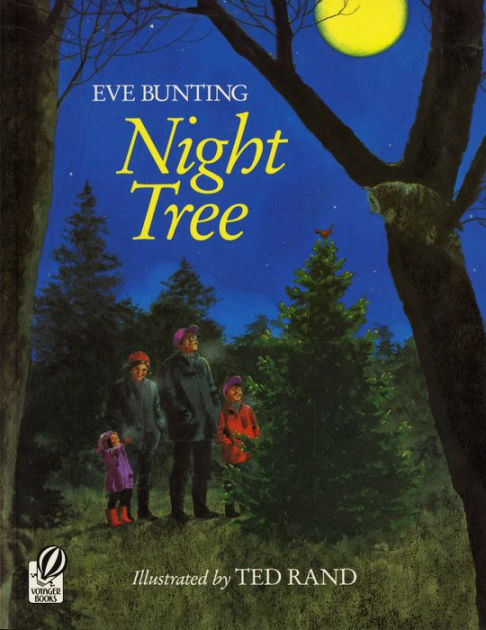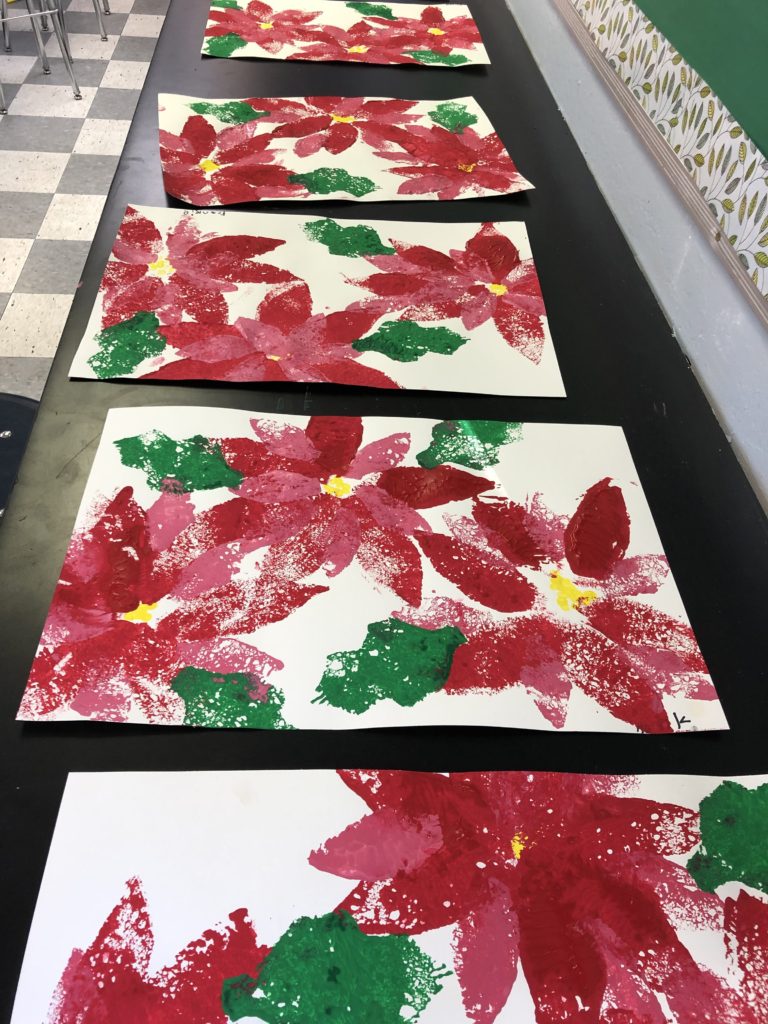Welcome the New Year
Change is inevitable but learning to accept and even embrace change is a learned skill, one that is critical for emotionally healthy children. Children experience change when the family moves, a sibling is born, or when a new school year begins. Change may bring feelings of fear or discomfort. How do we help children prepare for these transitions and navigate change effectively?
Connecting with nature and noticing the rhythm of the seasons is a simple, yet effective way to accomplish this goal. Discuss how animals and plants develop resilience as they adapt to changes in light and temperature. Celebrate the beauty each season brings, such as delicate snowflakes, a crimson fall leaf, or a cherry tree engulfed with blossoms. Activate your senses and look for the sounds, sights, and smells associated with each time of the year.
At the beginning of each month, take a walk with your children. As you hike, look closely at your surroundings. Are there blossoms, seeds, or buds on plants? Do you see insects or other signs of animal life? Be sure to look on the ground, as well as up in the branches. Walk the same path at the first of each month, taking note of what has changed and how living things have adapted. Take photos in the same spots and marvel at changes you observe. Nature improves everyone’s mental health!
Check out additional ideas on Tinkergarten’s First Day Hikes page.
Click here to visit Georgia’s First Day Hikes page. Many other states celebrate with hikes on January 1st too. Click here for more information.
























